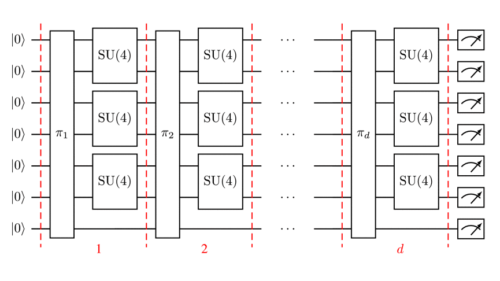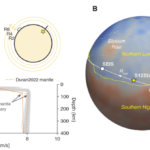2023-05-16 オークリッジ国立研究所(ORNL)
◆研究チームは、ほとんどのマシンが現在の量子の基準に合格する性能を示し、様々なベンダーの主張をテストする有用な手段を見つけたと結論付けました。この研究は、量子コンピューティングの一貫したベンチマークを捉えることの難しさを示しており、量子コンピューティングの理解が進化し続けていることと、適切なベンチマークの理解も同様に進化していることを示しています。
<関連情報>
- https://www.ornl.gov/news/new-ornl-study-first-compare-quantum-computers
- https://ieeexplore.ieee.org/document/9805433
量子ボリュームの実用化: NISQデバイスに期待されること Quantum Volume in Practice: What Users Can Expect From NISQ Devices
Elijah Pelofske,Andreas Bärtschi,Stephan Eidenbenz
IEEE Transactions on Quantum Engineering Published:23 June 2022
DOI:https://doi.org/10.1109/TQE.2022.3184764

Abstract
Quantum volume (QV) has become the de-facto standard benchmark to quantify the capability of noisy intermediate-scale quantum (NISQ) devices. While QV values are often reported by NISQ providers for their systems, we perform our own series of QV calculations on 24 NISQ devices currently offered by IBM Q, IonQ, Rigetti, Oxford Quantum Circuits, and Quantinuum (formerly Honeywell). Our approach characterizes the performances that an advanced user of these NISQ devices can expect to achieve with a reasonable amount of optimization but without white-box access to the device. In particular, we compile QV circuits to standard gate sets of the vendor using compiler optimization routines where available, and we perform experiments across different qubit subsets. We find that running QV tests requires very significant compilation cycles, QV values achieved in our tests typically lag behind officially reported results and also depend significantly on the classical compilation effort invested.




